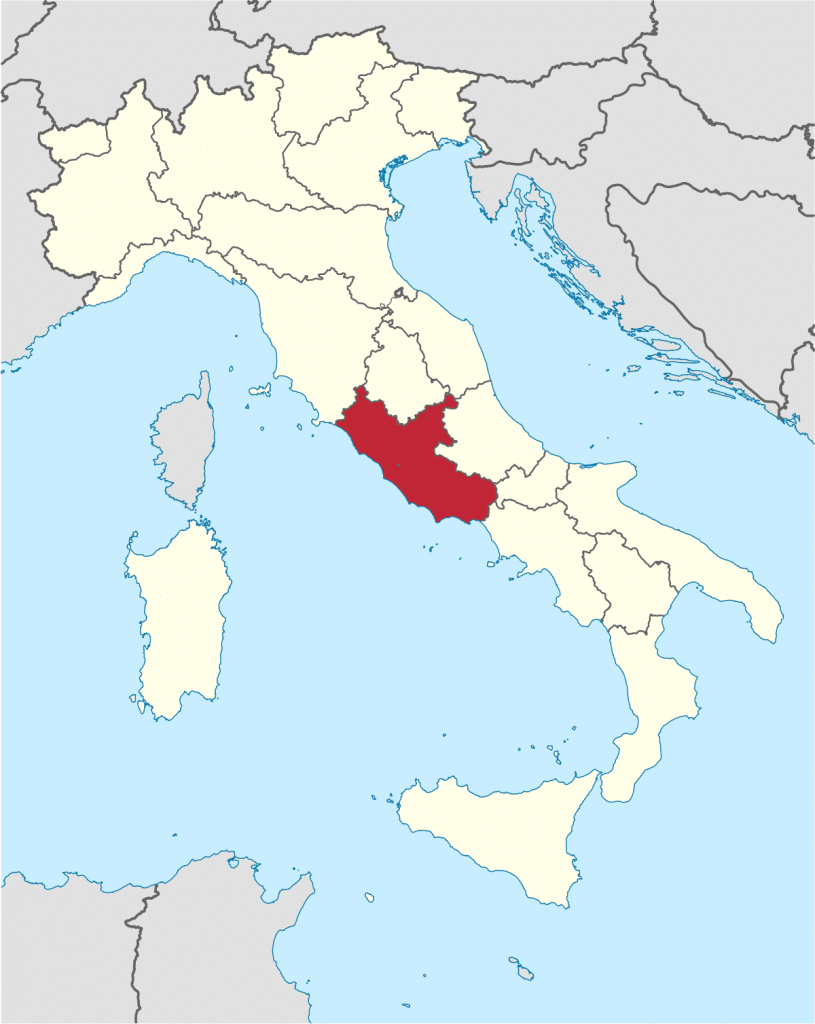
Lazio Cusine story
The Lazio cuisine is a home-style cuisine, where traditional dishes are made up of poor foods but cooked, they are very tasty.
The most internationally known dishes of this gastronomy are certainly Spaghetti Carbonara and Bucatini Amatriciana, two dishes that have traveled the world and uniquely recall one of the most beautiful cities of the entire peninsula: Rome. These two traditional dishes are among the most popular and requested in the Italian capital, and can be found in almost all restaurants.
Roman cuisine includes a large number of typical dishes, the preparation of which involves the use of typical regional products, such as Pancetta and pecorino which, as we have seen, are the basis of the recipe for bucatini all’amatriciana. Among the best recipes we find many typical ingredients of the peasant cuisine of the region and central Italy.
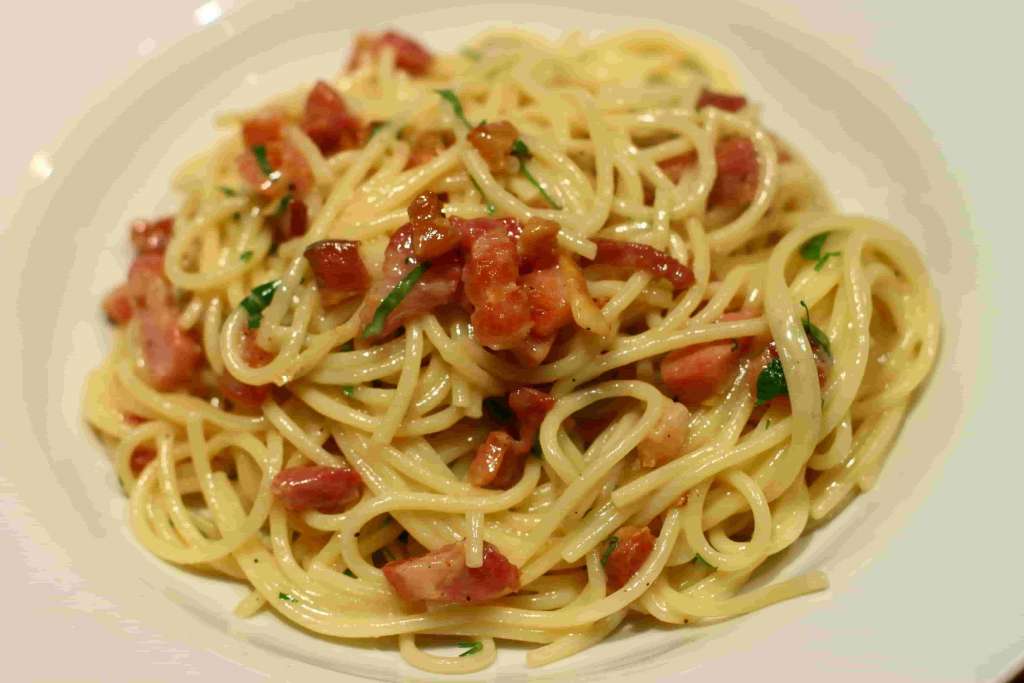
Lazio Cusine
Spaghetti alla Carbonara
Probably the most famous Roman dish in the world, it is prepared with Guanciale (pork cheek) or Bacon, fresh eggs, Pecorino Romano and a lot of pepper, cream is absolutely forbidden.
If it is true that until the thirties there is no trace of the preparation of carbonara in Rome, this recipe begins to appear starting from 1944. A similar coincidence of dates provides a precious clue to understand who to attribute the invention of this tasty dish.
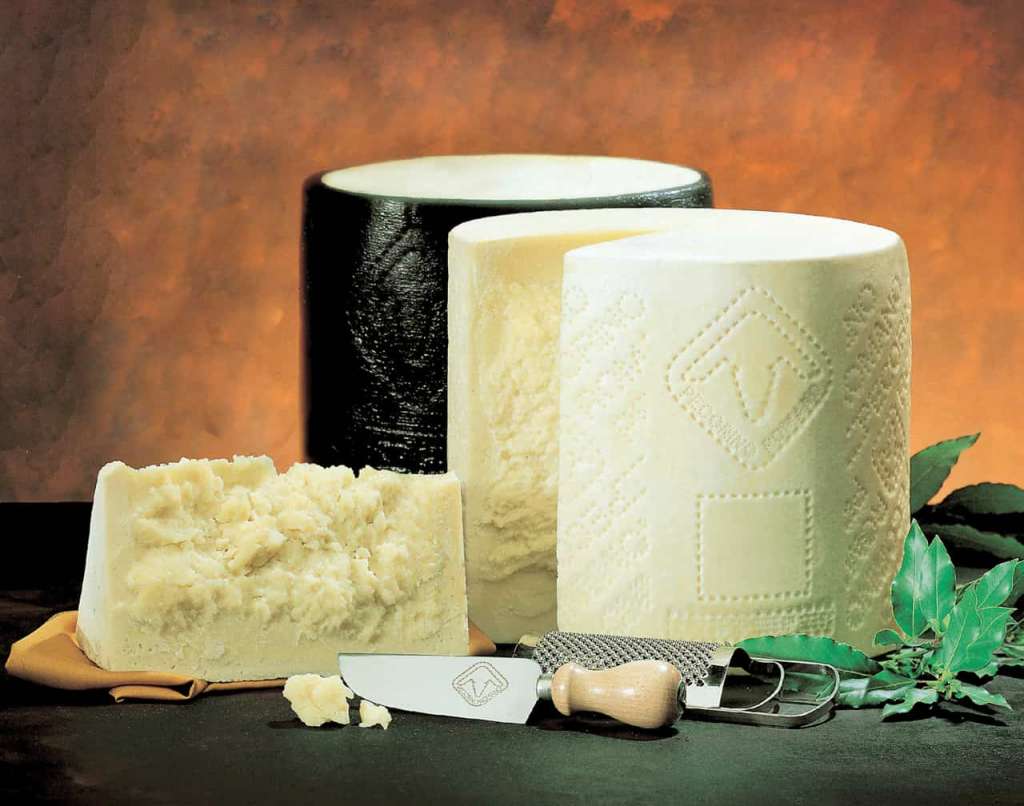
It is said, in fact, that the Allied soldiers engaged during the Second World War on the Reinhard line, between Lazio, Molise and Campania, had the opportunity to taste and become fond of the typical “Cacio e ova” pasta from Abruzzo. It was natural, at least according to what is said between historical reality and legend, to add the bacon, typical of the area, and possibly the smoked bacon imported from the United States.
These were the flavors that reminded soldiers of “home”, but this did not prevent the Romans, once they discovered the recipe, from making carbonara their own, which was literally adopted to the point that, today, no one would dare to question its geographical authorship.
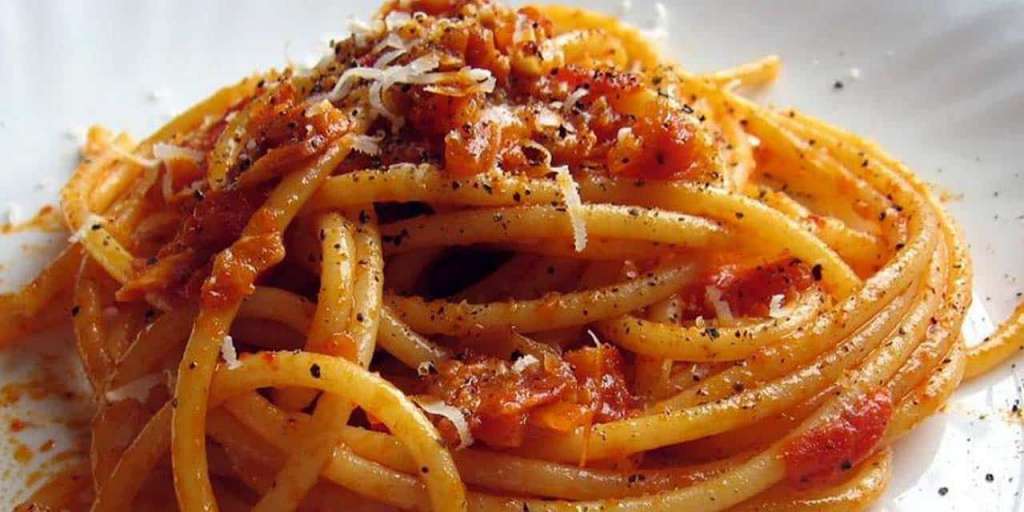
Another first course of the Roman tradition is:
Bucatini Amatriciana, which is prepared with pancetta, tomato sauce and cheese. This dish originates from the ancient Tagliatelle alla Gricia, where however the tomato sauce is missing. With cacio, on the other hand, we cannot forget the delicious Cacio e Pepe pasta, a quick dish with a unique taste, thanks to the important presence of pecorino romano.
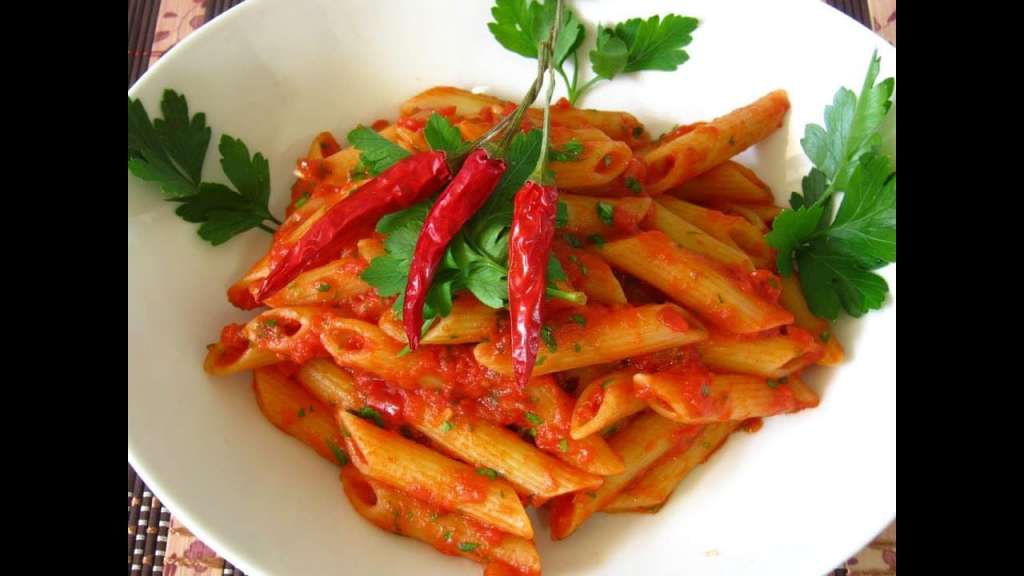
Lazio Cusine
Pasta all’Arrabbiata is similar to Amatriciana, so called because the amount of chili in the recipe is really a lot! It differs from the first for the presence of fresh chilli instead of pepper and also for the lack of pancetta, which however can be added as desired.
Another typical Lazio recipe is “Pasta Aio and Oio, Pasta Aglio ed Olio“, prepared in a pan with garlic, extra virgin olive oil and chilli. This is excellent because it can be done in a jiffy with ingredients that you always have in the pantry.
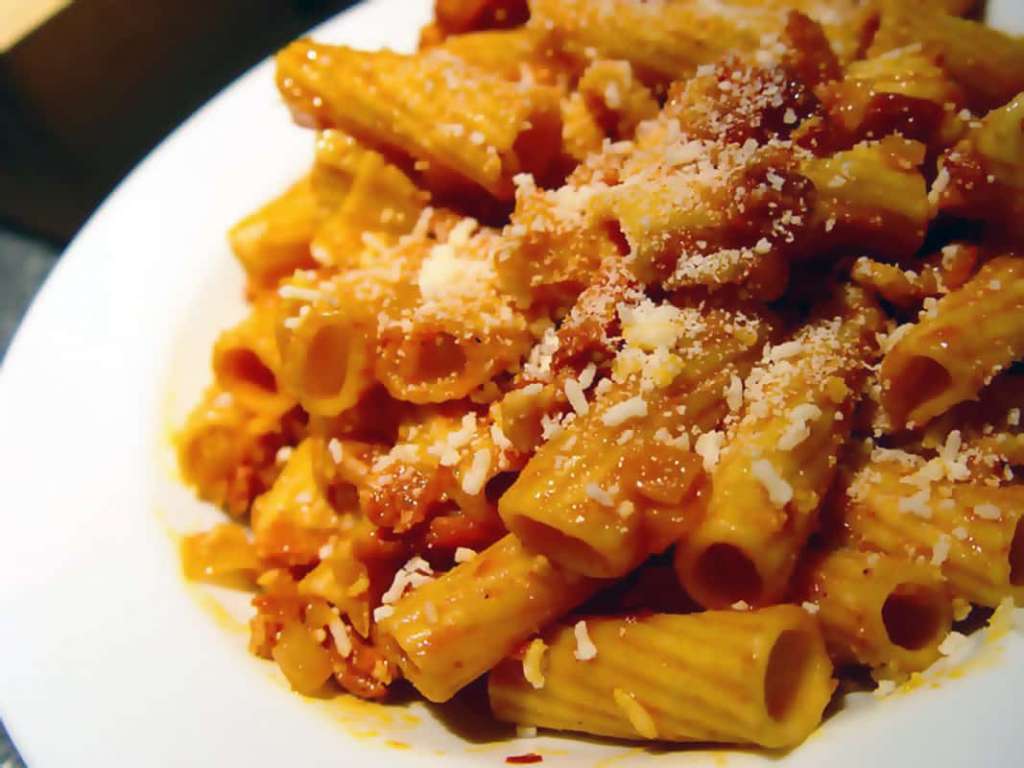
Lazio Cusine
Typical Ciociara pasta are Rigatoni with Pajata. This dish was usually cooked on Sundays or for holidays, as a main course of a family lunch, because the sauce needs to cook slowly and for many hours, so that the pajata, that is the veal intestine, becomes tender and flavored. the sauce. Even in Lazio it is customary to make Scarpetta (lick the sauce in the dish with bread-dipping), especially with the typical bread of the area.

The Roman Ciriola is a sandwich in the shape of a rugby ball, which if not eaten during the day is used in slices as croutons. Another very popular type of bread is the Genzano cereal bread, which remains soft even in the following days.
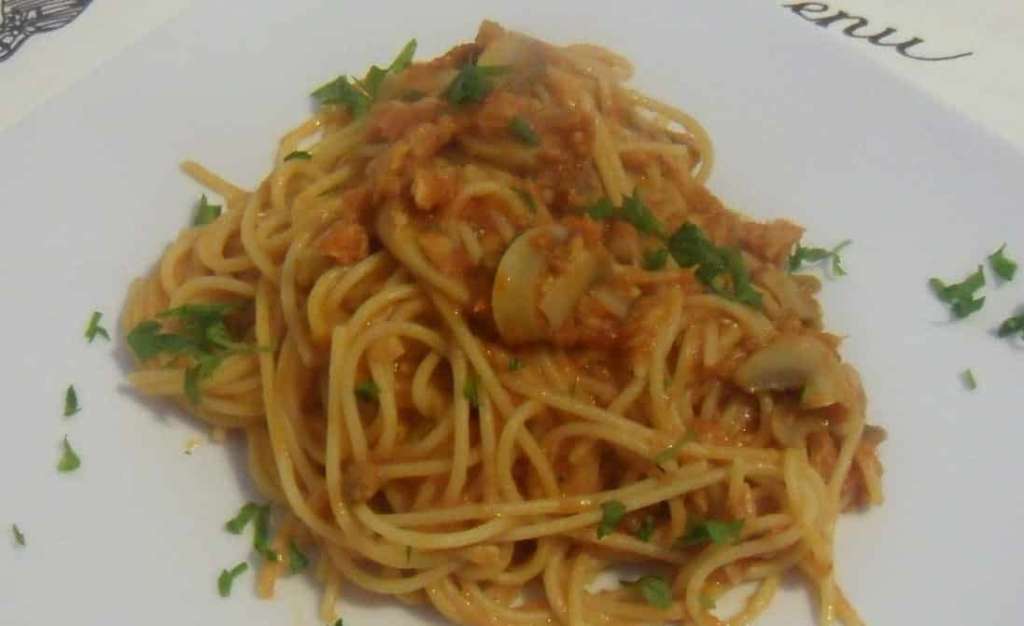
All these first courses have in common the fact that they were originally prepared with easily available foods, as well as the pasta alla Carrettiera, originally prepared by the carters, that is, by those who carried carts around Rome, and could not take with them , easily perishable foods.
Lazio Cusine
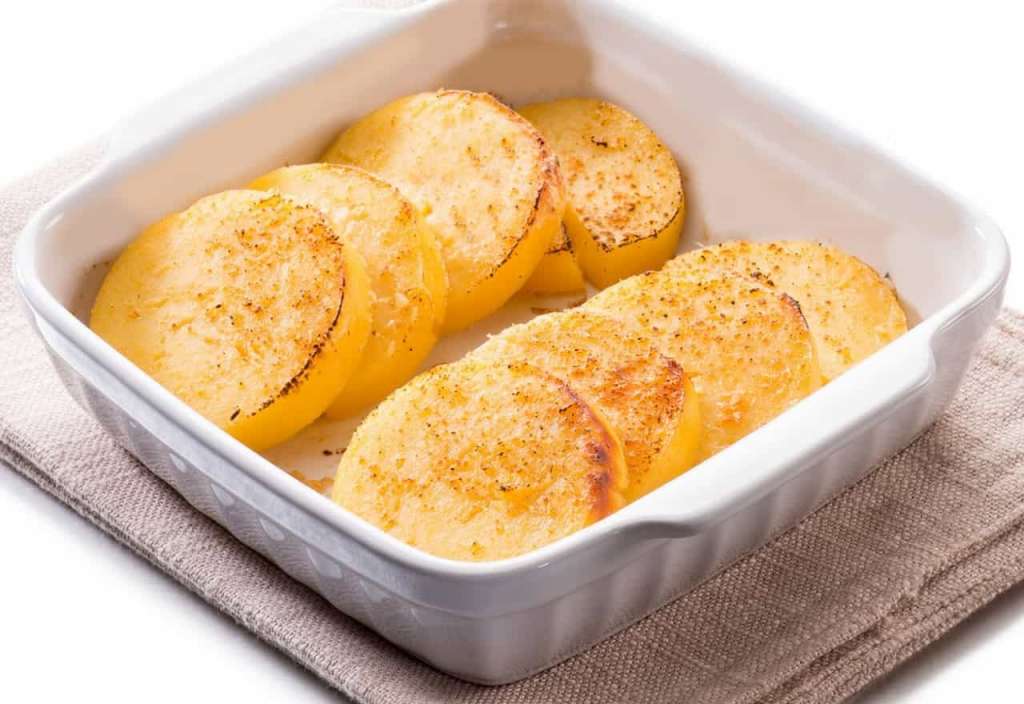
Another traditional dish are the Gnocchi alla Romana, prepared with semolina and cooked in the oven with various cheeses. Even this recipe is of dubious origin, since the large amount of butter traces it back to distant Piedmont, while their unusual shape suggests a spelling error of the name, which from “Romanian” has probably become “Roman” with the passing of years.

On the subject of first courses, even if it is actually part of the appetizers, the “Supplì on the phone” is one of the most popular dishes for tourists in the capital because it is a quick and tasty dish that can also be eaten while walking through the streets of the city . Supplì are similar to Sicilian arancini, consisting of rice and stuffed with meat sauce and stringy cheese, which recalls the idea of the old telephone wire.

Lazio Cusine
Main dishes
As for the second courses, in Lazio those of meat are definitely preferred to fish dishes. In fact, one of the few typical Lazio dishes that recall the sea are the Cuttlefish with peas, prepared stewed with a red sauce.
In addition to lamb, chicken and pork, in the Lazio gastronomic tradition, cuts of meat are often used such as oxtail and offal, that is the entrails of lamb.
With the chicken you prepare the recipe of Chicken with peppers blended with white wine, a very simple regional recipe and often used in the rest of the peninsula.
The lamb, on the other hand, is often replaced by the suckling lamb, called in the Roman dialect Abbacchio. This typical dish is cooked in the oven with potatoes, or alla Cacciatora with various spices.

Lamb is the main ingredient of one of the typical specialties of Lazio: the Abbacchio a scottadito. To prepare this typical dish, the animal’s cutlets are used which, after being sprinkled with a light layer of lard, salt and pepper, are roasted on the incandescent grill and served very hot. They are excellent to taste like this, or they can be accompanied by spicy sauces.
When you buy Abbacchio, you usually also buy its offal, with which you prepare a traditional dish much appreciated by the Romans: Coratella with artichokes. The lamb entrails have a very intense flavor, but washed and cooked properly, they are pleasant even to the most skeptical. In addition to Coratella, lamb sweetbreads are also very popular, because they are very tender and recall the taste of milk. They are usually fried and served with just lemon juice and salt.
Still on the subject of entrails, among the typical Roman foods, we cannot fail to mention the Roman tripe which is a riot of flavors thanks to the presence of mint, red wine and sautéed carrots and onions.

With another unusual cut of meat, one of the most famous gastronomic specialties is prepared: Coda alla Vaccinara. To prepare it, you need to buy the oxtail or veal, already cut into not too big pieces, and cook it in a sautéed oil and lard, to which the vegetables are then added: celery, carrots and onions. Only then are the peeled tomatoes added and left to cook for several hours, usually three or four, until a good reduced sauce is obtained with which you can then dress a nice plate of rigatoni.

Returning instead to the classic cuts of meat, there is a Roman dish that is now prepared throughout Italy, thanks to its goodness and simplicity of realization: the Saltimbocca alla Romana. To prepare them, you need slices of veal, raw ham and sage leaves. This dish is ideal for those who have little time to cook but want to eat a dish full of flavor.
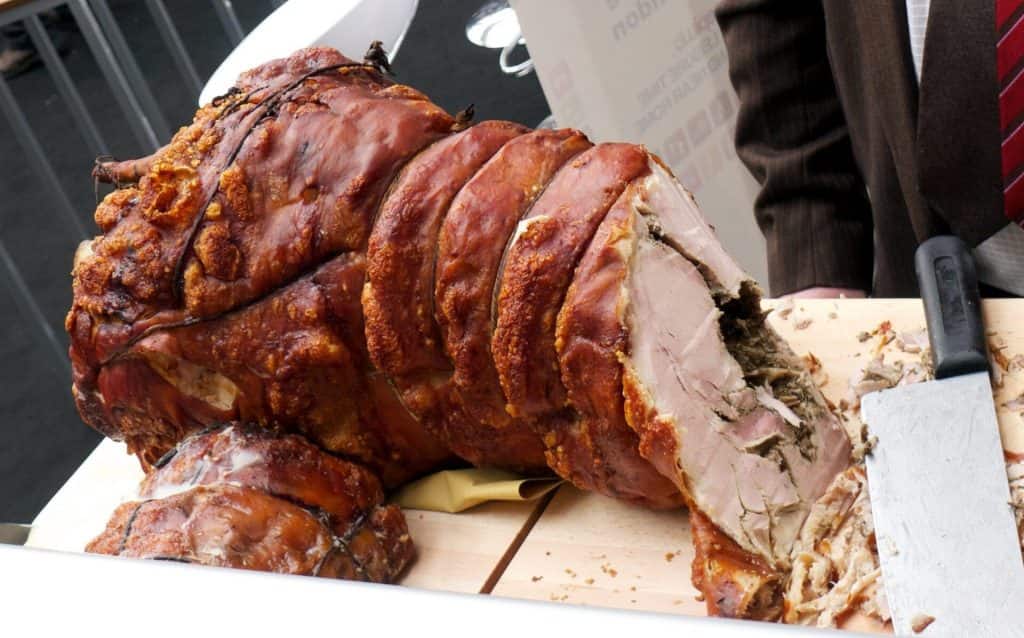
In the Lazio gastronomic tradition, we cannot forget one of the best known and appreciated dishes such as Porchetta. At the base of several typical dishes of Lazio cuisine, it originates from Ariccia, a town in the Castelli Romani near Rome: it is nothing more than the boneless and gutted pork, cooked on a spit or in the oven and flavored with rosemary or wild fennel.
Porchetta is usually used in stuffed sandwiches, but it can also be enjoyed alone, especially if still warm, because it is very tender and retains all the flavor of the spices inside.
Lazio Cusine
Side Dishes
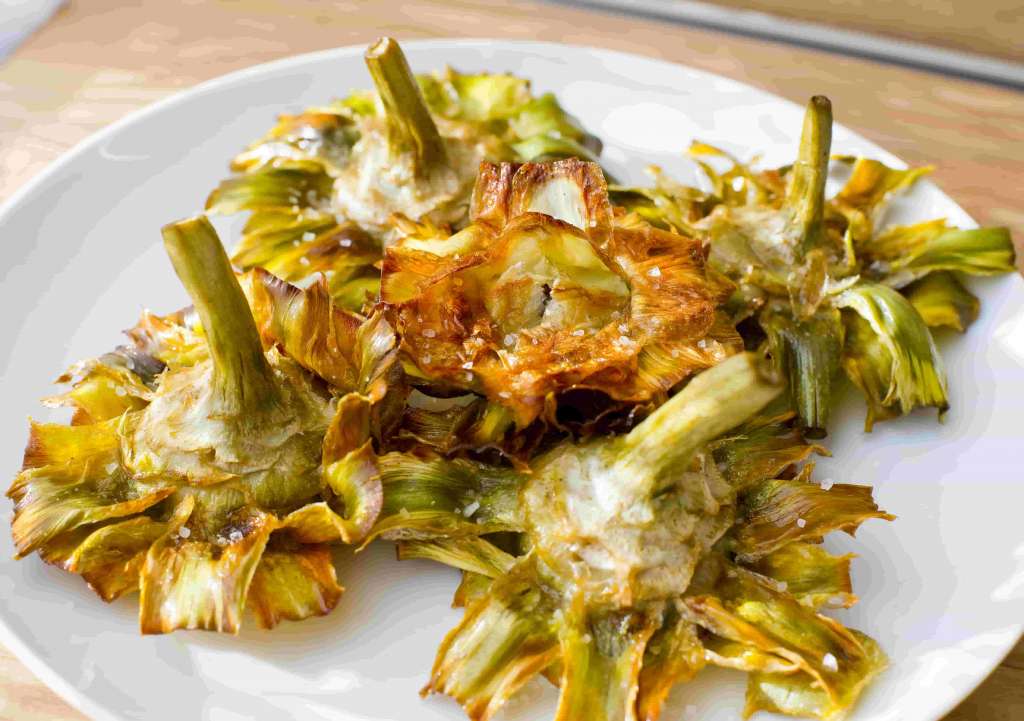
To accompany these meat dishes, the vegetable side dishes that complete all the typical dishes of Lazio cannot be missing.
The most famous vegetable side dish is certainly the Giudia Artichoke dish, very simple to prepare but really delicious. It is prepared with Roman artichokes, those without thorns, which must be cleaned and then fried in boiling oil. If you want, you can vary the original recipe by preparing a Savory Artichoke Cake alla giudia with the same ingredients, which is certainly a more substantial single dish.
Savory pies are cooked very often around Rome and include the use of traditional traditional vegetables, easy to find throughout the region, such as chicory, chicory and artichokes, often accompanied by Gaeta olives, very famous for their goodness.
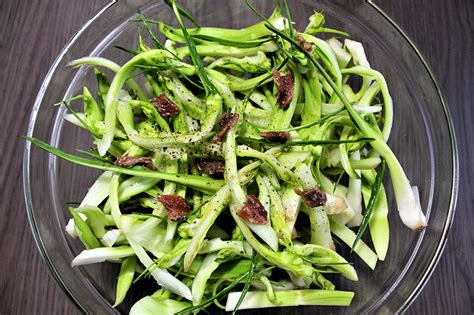
If, on the other hand, you prefer a simpler side dish that does not require cooking, you can focus on a good chicory salad, a typically Roman vegetable with a bitter taste, attenuated by the presence of anchovies that dampen the flavor. Always with Puntarelle, it is a must to eat the Roman pizza which is higher than the Neapolitan one and often prepared with buffalo mozzarella instead of fiordilatte.
Another salad typical of the Roman tradition is that of beans, to which anchovies, onion and thyme are added. For a quick and more substantial salad, you can use the diced caciotta, raw courgettes, tomatoes and mint instead.
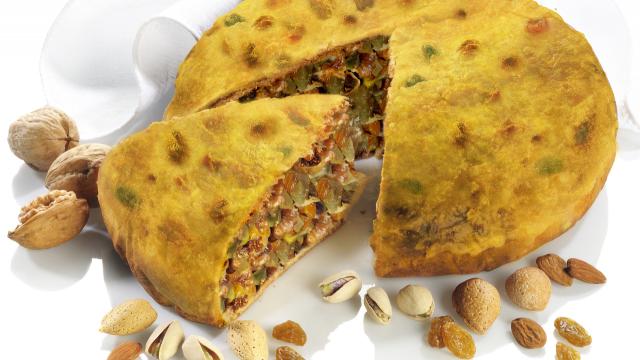
Lazio Cuisine
Desserts
Desserts also represent an important part of Lazio gastronomy.
The best known dessert is undoubtedly the Pangiallo, a sort of round sandwich prepared with flour, dried fruit, candied fruit and chocolate, made tasty even to the eyes by the yellow color provided by the saffron.

In the Frascati area, the Pupazze are famous, woman-shaped biscuits prepared with a large amount of honey and orange flavor, to be dipped in milk for breakfast or in wines after dinner.
In the summer in Rome it is customary to stop at a kiosk and quench your thirst with a “Grattachecca“. This drink is prepared with a base of crushed ice and then flavored with strawberry syrups, mint and all other fruit flavors.

Also in the summer season, the Maritozzo alla Panna is very fashionable, a simple dessert consisting of a leavened dough cut in the center and filled with a soft cream of whipped cream.
Lazio Cuisine
Wines from Lazio
Wines with Controlled and Guaranteed Designation of Origin
Cesanese del Piglio DOCG various wines that fall within the DOCG, produced in the province of Frosinone
Cannellino di Frascati or Cannellino (white) produced in the province of Rome
Frascati Superiore (white) produced in the province of Rome
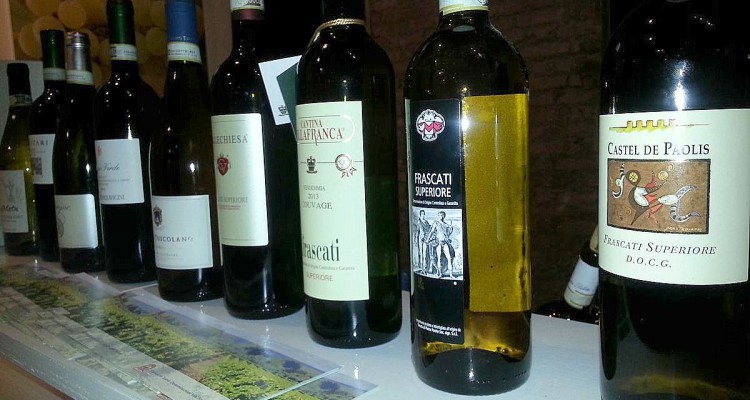
Wines with Controlled Designation of Origin
Aleatico di Gradoli produced in the province of Viterbo
Aprilia produced in the province of Latina
Atina produced in the province of Frosinone
Bianco Capena produced in the province of Rome
Castelli Romani produced in the province of Rome
Cerveteri produced in the provinces of Rome and Viterbo
Cesanese di Affile DOC, produced in the province of Rome
Cesanese di Olevano Romano DOC, produced in the province of Rome
Circeo produced in the province of Latina
Albani Colli produced in the province of Rome
Colli della Sabina produced in the provinces of Rieti and Rome
Etruschi Viterbesi Colli produced in the province of Viterbo
Colli Lanuvini produced in the province of Rome
Cori produced in the province of Latina
East! East!! East!!! di Montefiascone produced in the province of Viterbo
Frascati produced in the province of Rome
Genazzano produced in the provinces of Frosinone and Rome
Marino produced in the province of Rome
Montecompatri Colonna Superiore or Montecompatri Colonna produced in the municipality of Monte Compatri in the province of Rome
Neptune produced in the province of Rome
Interregional Orvieto DOC produced in the provinces of Viterbo (Lazio) and Terni (Umbria)
Rome, whether or not accompanied by the sub-area: Classico (with the exception of the Romanella spumante type)
Sangiovese from Aprilia
Tarquinia produced in the provinces of Rome and Viterbo
Terracina or Moscato di Terracina
Trebbiano di Aprilia
Velletri produced in the provinces of Latina and Rome
Vignanello produced in the province of Viterbo
Zagarolo produced in the province of Rome
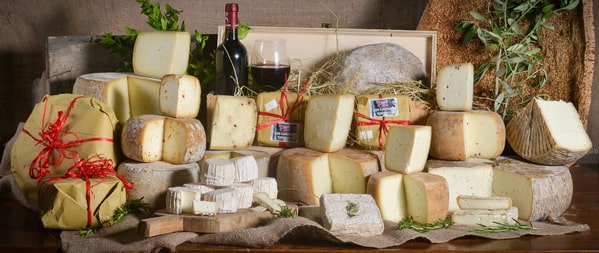
if you want to learn how to make fresh handmade tagliatelle, with the traditional Bolognese Meat Sauce subscribe to one of my classes.
Short class
one-day class
Contact [email protected]
See you soon with a new article.
Chef Luigi